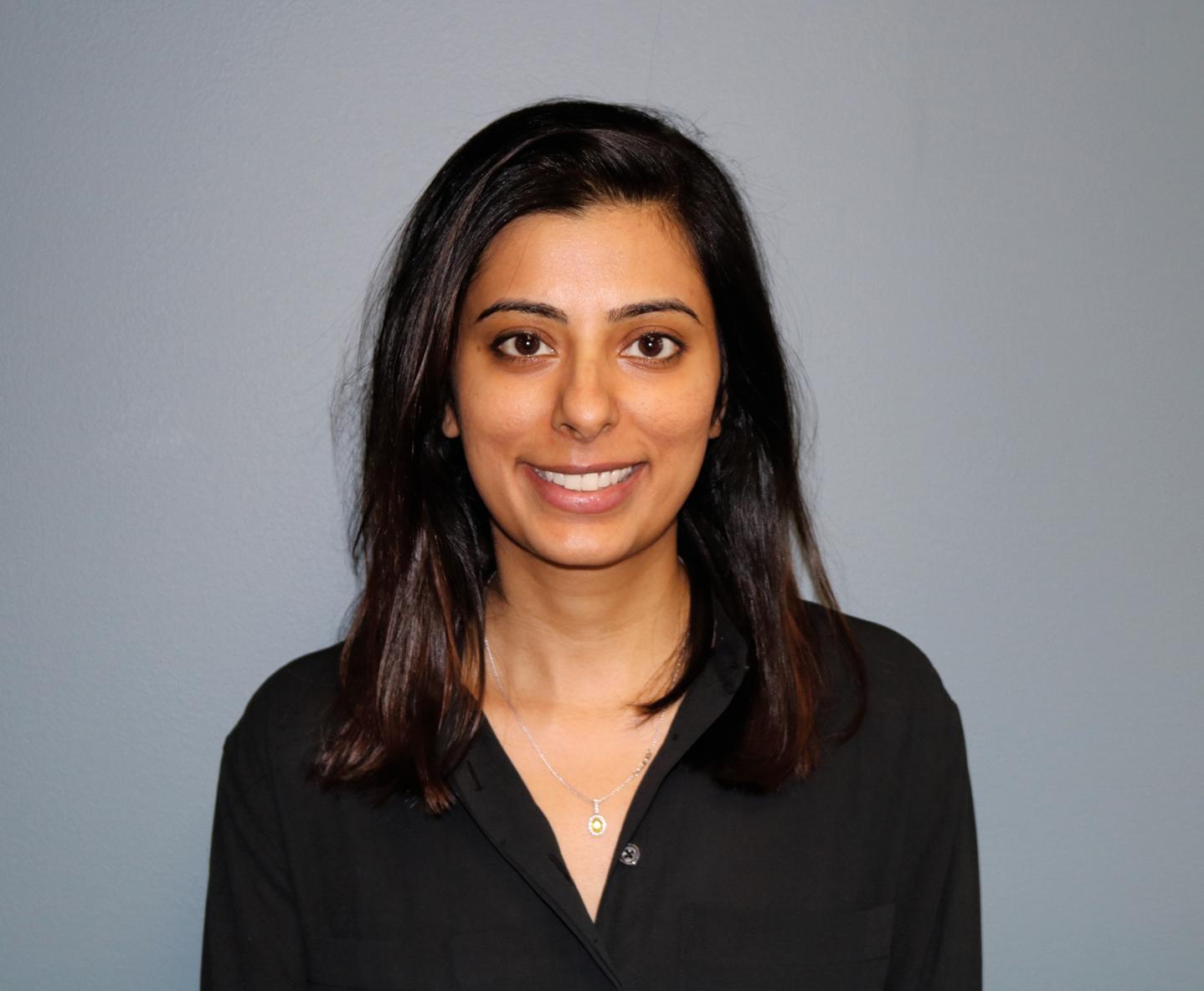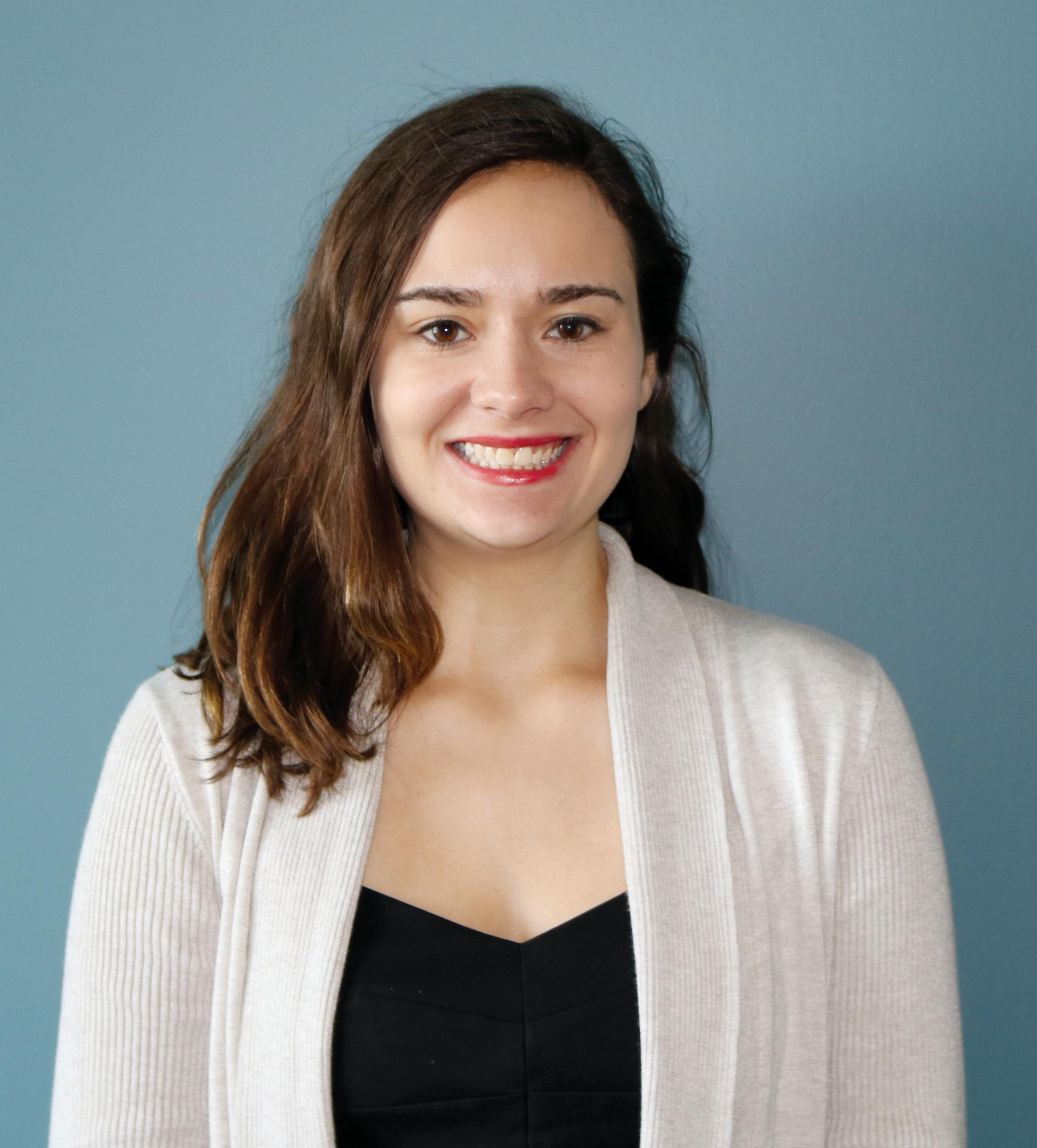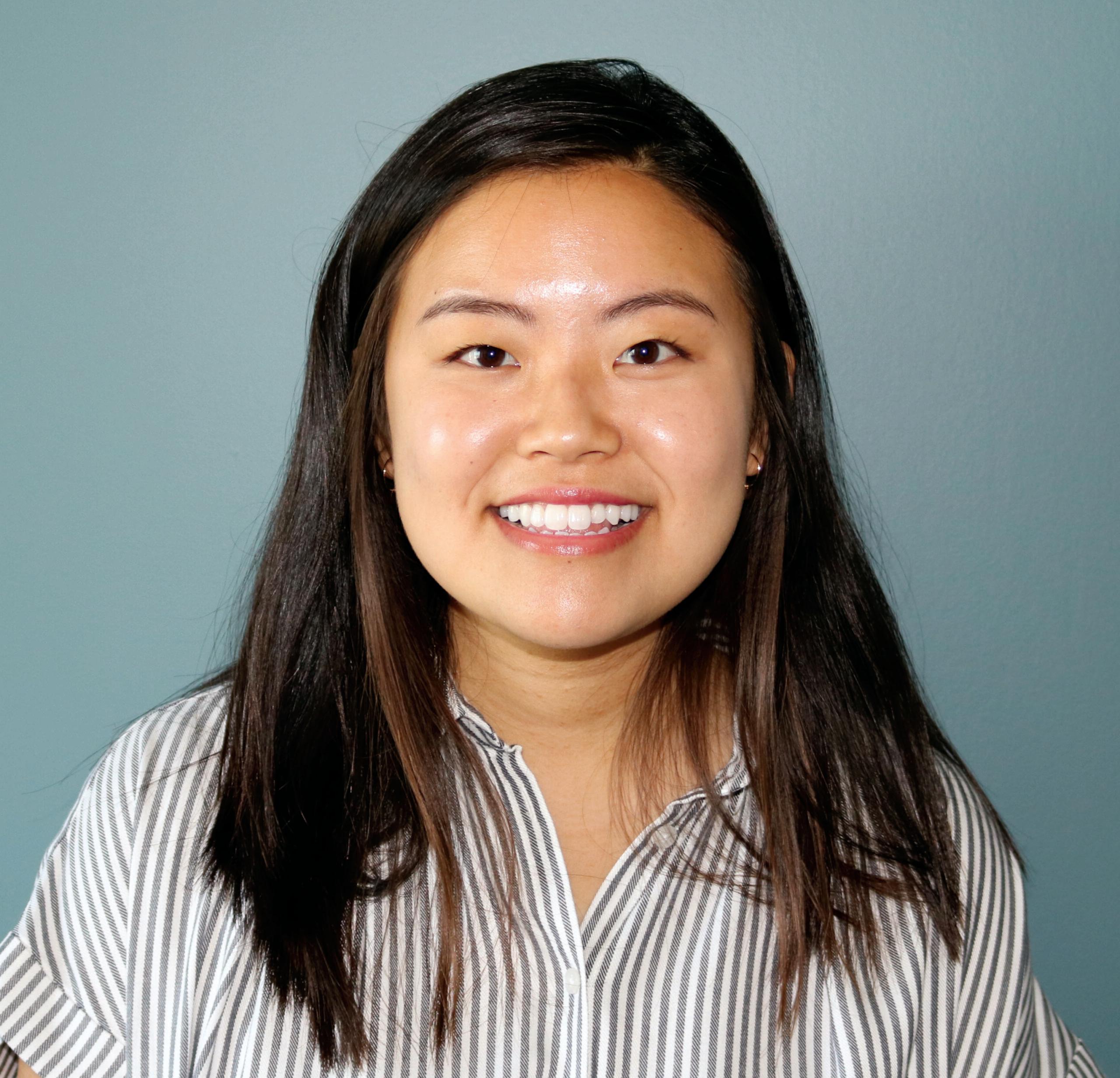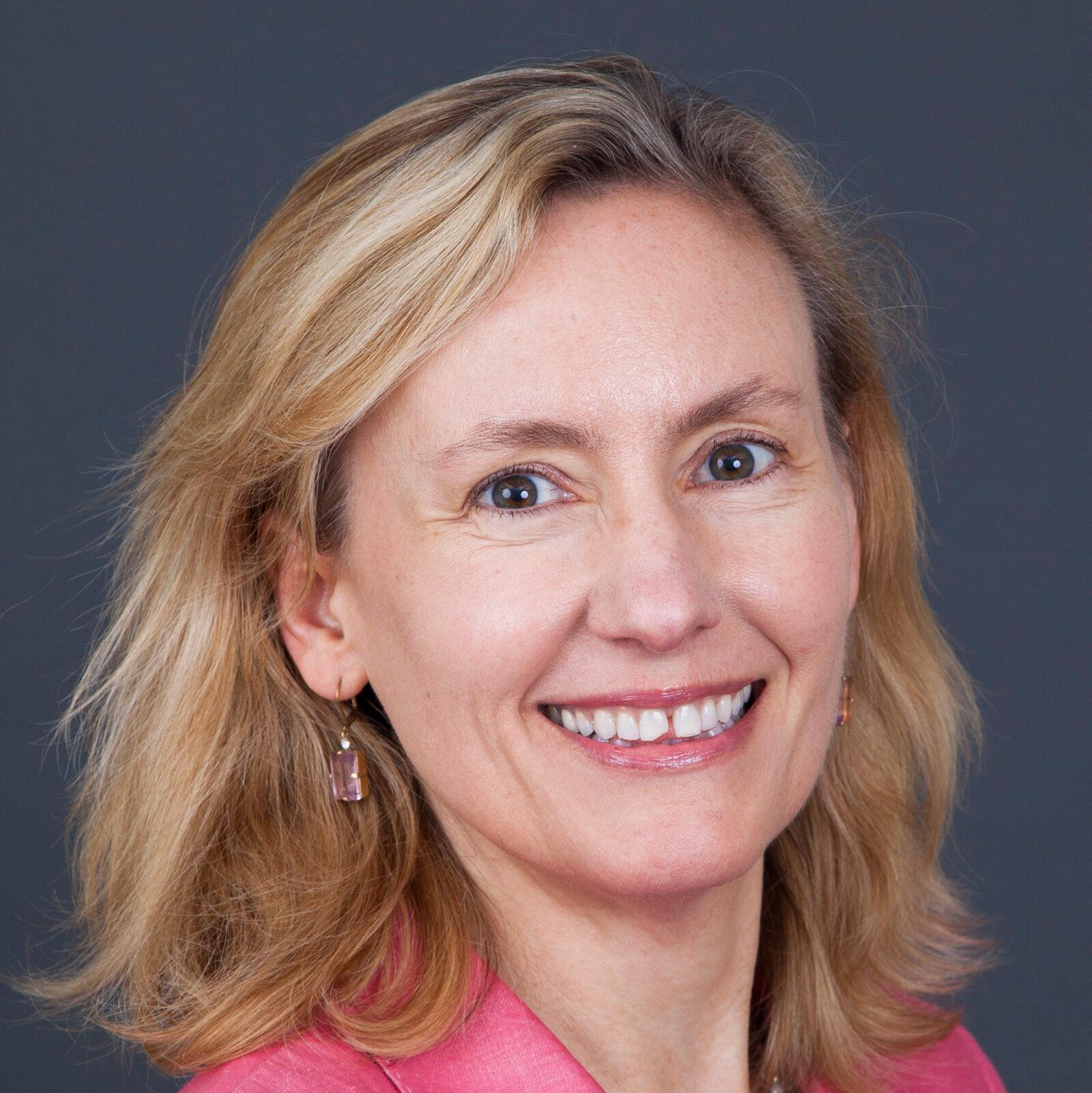Participants also gained a more nuanced understanding of sexual consent in the Manhood 2.0 program, and some mentioned consent when asked about the most important lessons they would use in their everyday lives. They learned that consent must be an affirmative statement, and that it can be revoked at any time. One participant said, “They went in-depth about what consent really is. Consent is when the person actually says yes, but they say it’s an ongoing process so ‘yes’ can turn into a ‘no,’ like, three minutes later.” Participants also discussed what they learned about nonverbal aspects of consent. “Even though they might be saying yes, their body might be saying something different . . . her body language has to show that she’s comfortable as well,” one said. Another participant showed his understanding that consent is not possible when one or both partners have been using drugs. Describing a conversation with a peer, the young man said, “He was talking about how they was going to [smoke weed] before. And I was, like, you can’t do that, it’s not consent.”
Overall, young men noted that lessons about birth control and consent increased their knowledge, engagement, and sense of confidence and skill related to pregnancy prevention and led them to share their knowledge with others. Their responses reflect the messages about birth control and consent delivered in the program and show that respondents were receptive to these lessons.
“I just need to come and talk.” Participants highlighted the need for shared, safe spaces for young men to talk about their feelings.
Focus group participants frequently mentioned that young men have difficulty expressing their feelings; therefore, it is important to provide spaces where young men feel comfortable having open discussions with each other. One participant said, “Guys are not really taught many ways to express ourselves, other than sports or physical means. I feel like a lot of mental issues are caused by people not being able to express themselves in healthy ways.” Several participants noted that they feel pressured to suppress their feelings, so they lack opportunities to express emotions in a healthy way. As one said, “Like, we don’t know how to express ourselves, so when we do, it’s so many mixed emotions, and it’s all over the place.”
With respect to the difficulty young men face when trying to express emotions, participants noted that the open discussion format of Manhood 2.0 worked for them. One participant reflected, “It was fun to get to talk about stuff . . . just like man stuff, like stuff I don’t really have conversations about . . . like gender . . . . It was just nice to have a genuine discussion with a whole bunch of guys about regular stuff.” Creating a safe environment for young men to talk through issues that are otherwise not discussed in their daily lives, such as gender and expressing emotions, is central to open and productive discussion. One participant said, “There wasn’t any judging. There wasn’t any sort of bullying. What we did—we had a discussion, it was an open space for us to talk openly without judging.”
Participants felt that they did not have other opportunities for this kind of open discussion, and they expressed a desire for support or services that could offer them these spaces. One participant said, “I would like to see programs like this grow. Like in my community, there isn’t a program like this where people can sit and talk about their feelings.” Another young man said, “I just need to come and talk.”
“We felt right at home.” Program facilitators created a sense of openness and brotherhood among participants.
The facilitators of Manhood 2.0 played a powerful role in creating a safe space that promoted openness in discussions. Because facilitators were close in age to participants and came from similar backgrounds, they were able to develop strong connections with the young men. One participant said, “They’re young, so I feel like I can connect with them. They can relate to whatever we’re going through.” Throughout the program, facilitators incorporated their own personal stories into the lessons, which engaged participants and encouraged them to trust the facilitators. One young man said, “I can tell that they went through some of the stuff we were talking about, so we can actually believe them instead of someone who has never experienced that stuff ever in their life.”
Manhood 2.0 also fostered powerful bonds between facilitators and participants, and among the young men within each group. The facilitators’ informal approach to discussions made participants feel as though the facilitators were their friends, rather than their teachers. One participant said, “They just connected to me. He called me his ‘brother’ the first time.” At the same time, the environment that facilitators created allowed participants to form deeper and more meaningful bonds with one another. The fact that focus group participants were minorities, with similar life experiences, also contributed to a sense of brotherhood. One young man reflected, “I like Manhood because we’re all minorities and we’re like brothers. We could just all connect and share our experiences.” Another young man commented, “Since we’re minorities and we did the brotherhood talk about how everything stays in the room, I felt more safe.”
Focus group facilitators also asked young men to identify what characteristics program staff should look for when hiring new facilitators. Participants emphasized the importance of choosing people who are open-minded, nonjudgmental, and relatable. When asked how the program could be improved, the participants did not have any concrete recommendations, and instead simply noted they would like to have more sessions.
“They’re just judging me on my skin color”: Discrimination, stereotyping, and racism are the biggest issues black and Latino men face.
To understand the context of young men’s lives and how their experiences may influence how they respond to the program, focus group facilitators asked participants to identify the biggest issues faced by black and Latino young men. Issues that the participants immediately identified were discrimination, stereotyping, and violence from law enforcement. One young man said, “Police. Yeah, it’s self-explanatory. They’re trying to kill us.”
In three focus groups, participants talked about being followed and harassed in public spaces, particularly in stores. In one group, a participant said, “People get discriminated against . . . like for example, walking into a store . . . and you have someone following you the whole way around to make sure you’re not stealing something. It’s just because of your appearance.” When the focus group facilitator followed up by asking how many of the young men present had been stereotyped, almost all the participants raised their hands. In a different focus group, another participant also mentioned being followed in stores and talked about the psychological impact of this stereotyping: “It makes me feel less human since they’re just judging me on my skin color and automatically assume and jump into scenarios,” he said.
Manhood 2.0 gave participants a space to discuss experiences like these and reminded the participants that they were not alone. The conversations helped the young men realize how many others had had similar experiences with discrimination, and helped them form connections with one another.




